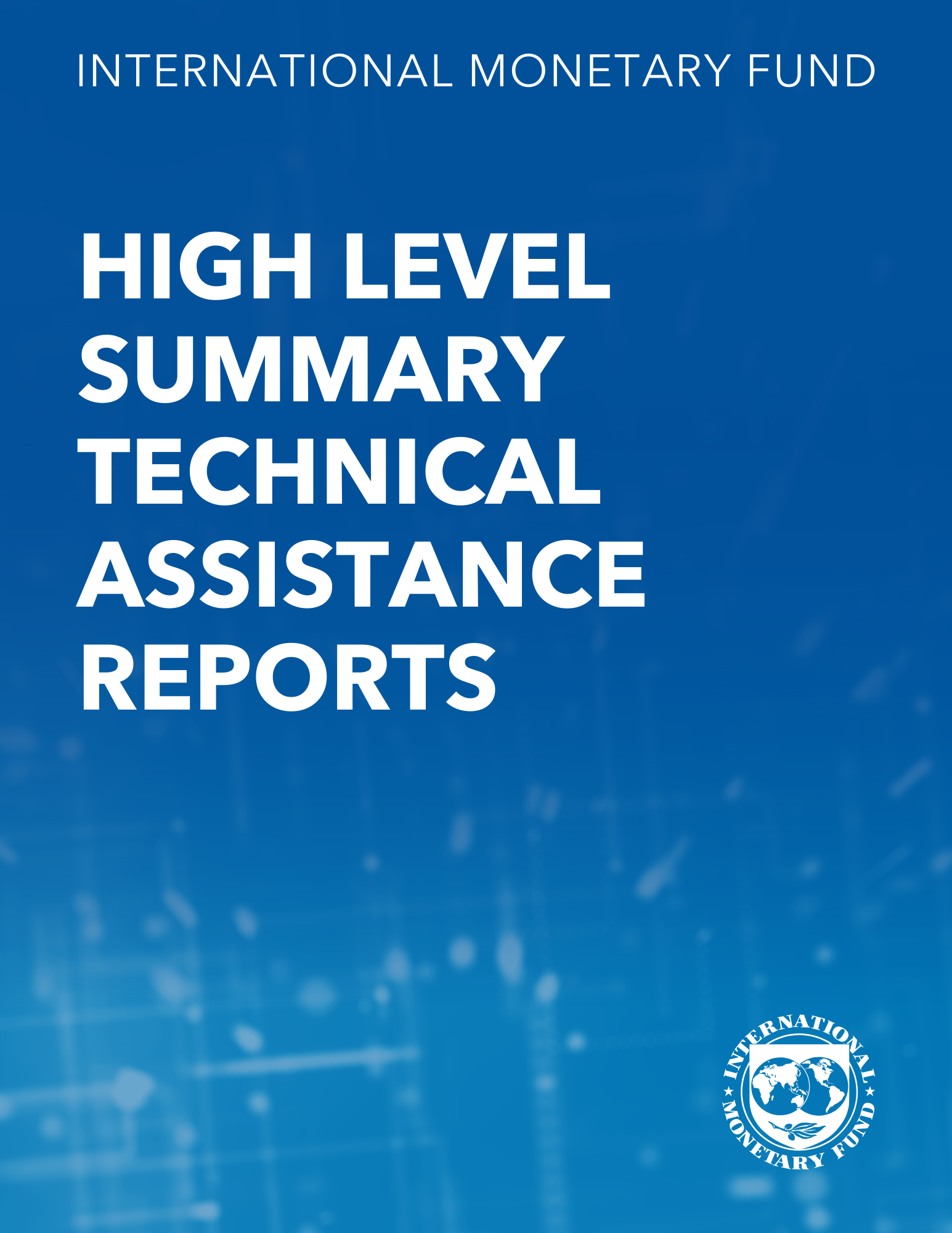Inflation and Monetary Reform
August 1, 1992
Disclaimer: This Working Paper should not be reported as representing the views of the IMF.The views expressed in this Working Paper are those of the author(s) and do not necessarily represent those of the IMF or IMF policy. Working Papers describe research in progress by the author(s) and are published to elicit comments and to further debate
Summary
The introduction of a new currency has often occurred as part of a program to fight hyperinflation. In this context, non-uniform conversion rates for different types of assets and liabilities have been used as a means of reducing an initial “excess” stock of liquidity. The paper examines the anticipatory dynamics associated with such reforms. The analysis suggests that monetary reforms of this type have a deflationary effect upon announcement as well as during the transition period. Under uncertainty about the reform date, the direction of the initial jump in prices upon announcement is a priori ambiguous. Upon implementation, a monetary reform leads to a downward jump in prices.
Subject: Currencies, Currency markets, Exchange rates, Financial markets, Foreign exchange, Monetary base, Money
Keywords: capital gain, Currencies, Currency markets, exchange rate, Exchange rates, foreign currency, foreign currency holding, Monetary base, monetary unit, open economy, parallel exchange rate, WP
Pages:
34
Volume:
1992
DOI:
Issue:
060
Series:
Working Paper No. 1992/060
Stock No:
WPIEA0601992
ISBN:
9781451965315
ISSN:
1018-5941






